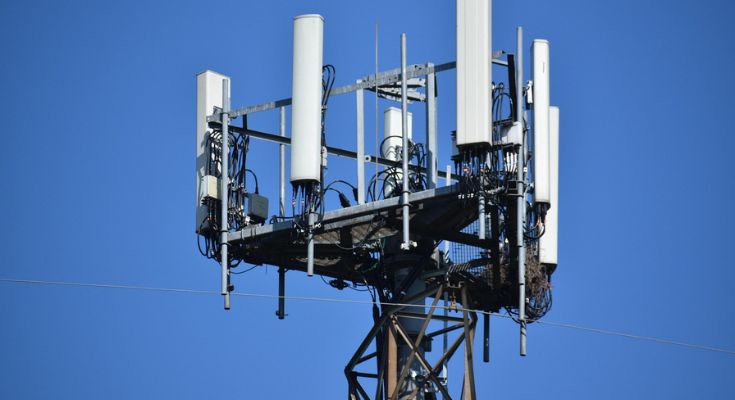Computers in general need to be rebooted or restarted every once in a while in order to refresh them or fix a weird issue. Macs are no exception. In my experience, most Mac owners (including me) don’t restart their Macs a lot.
For the most part, not restarting frequently is ok, but there are times when the Mac acts sluggish or is just generally acting weird.
That’s when a simple reboot comes in handy, and is usually a simple fix to some common problems:
Here are the steps to take in order to properly reboot your Mac:
Steps to restart your Mac computer:
- Save Your Work: First, save any ongoing work to prevent data loss.
- Normal Restart: Click the apple icon in the upper-left icon, select ‘Restart,’ and log in to check for issue resolution.
- Log in and check if the issue is resolved.
The normal restart is the recommended method, but if BOTH your mouse AND keyboard are unresponsive, you may have to perform a hard or forced shutdown.
Please note that performing a hard shutdown does have the risk of causing other problems with your Mac software and/or hardware, so it’s only recommended in desperate situations.
How to perform a hard/forced shutdown on your Mac:
- Hold the power button until the screen goes off.
- Press the power button again quickly
- It should go through its usual process. The Apple logo will appear and the loading bar will go all the way. It may take a little longer than usual because of the forced shutdown.
- Log in and check if the reason you performed the hard shutdown is resolved.












